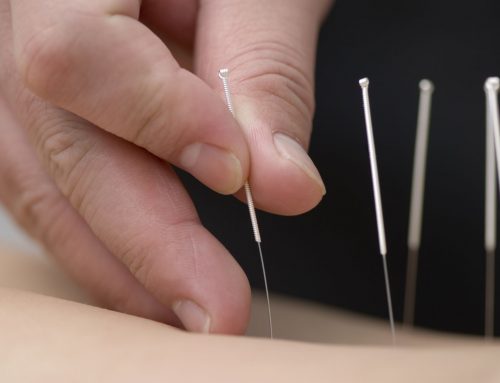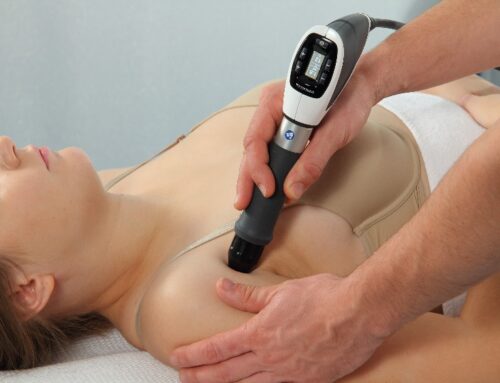Substantial clinical evidence has been published in medical journals over the past 30 years finding low level laser therapy (LLLT) to be effective at stimulating tissue repair, reducing inflammation, relieving post-operative and musculoskeletal pain and postherpetic neuralgia, to only name a few applications.
Light stimulates or inhibits cellular function according to its intensity and the time applied. When the right wavelength at the right intensity is used at the correct anatomical location for the right amount of time, therapeutic results are obtained.
One of the primary mechanisms is the effect of light on cytochrome c oxidase and the consequently the unbinding of nitric oxide and release of ATP leading to improved cellular function. For anti-inflammatory effects we have found a measurable reduction in PGE2, TNF Alpha and IL-6 in the synovia surrounding damaged tendons and for analgesia high intensity lasers over nerve supply can inhibit fast axonal flow.





